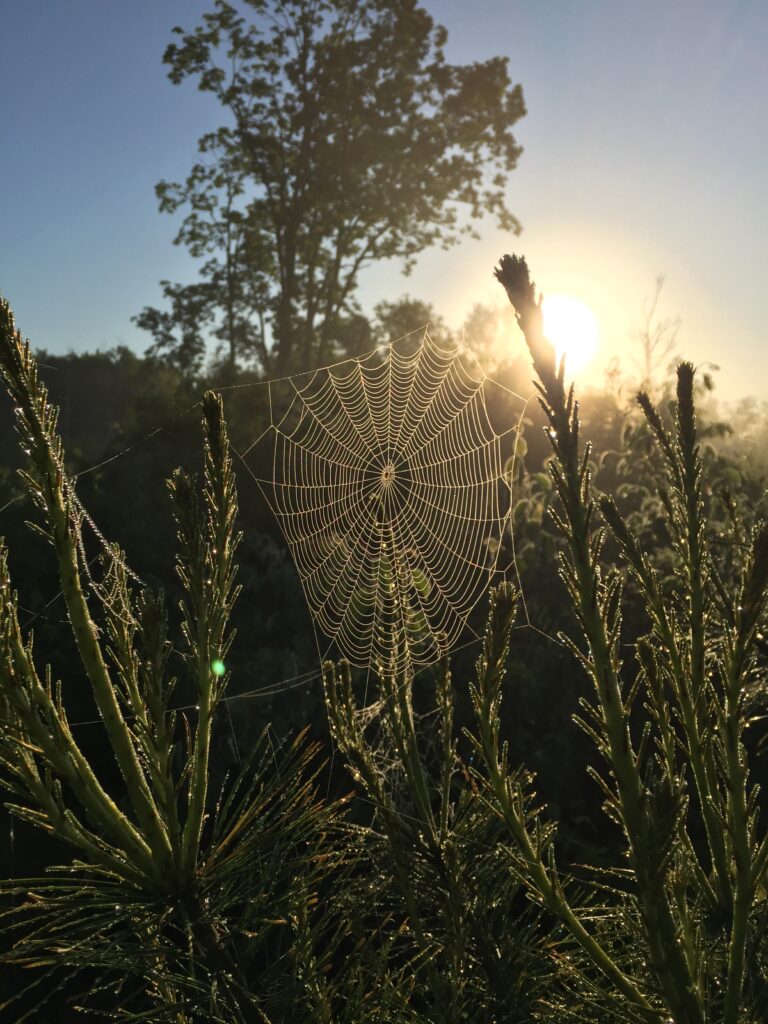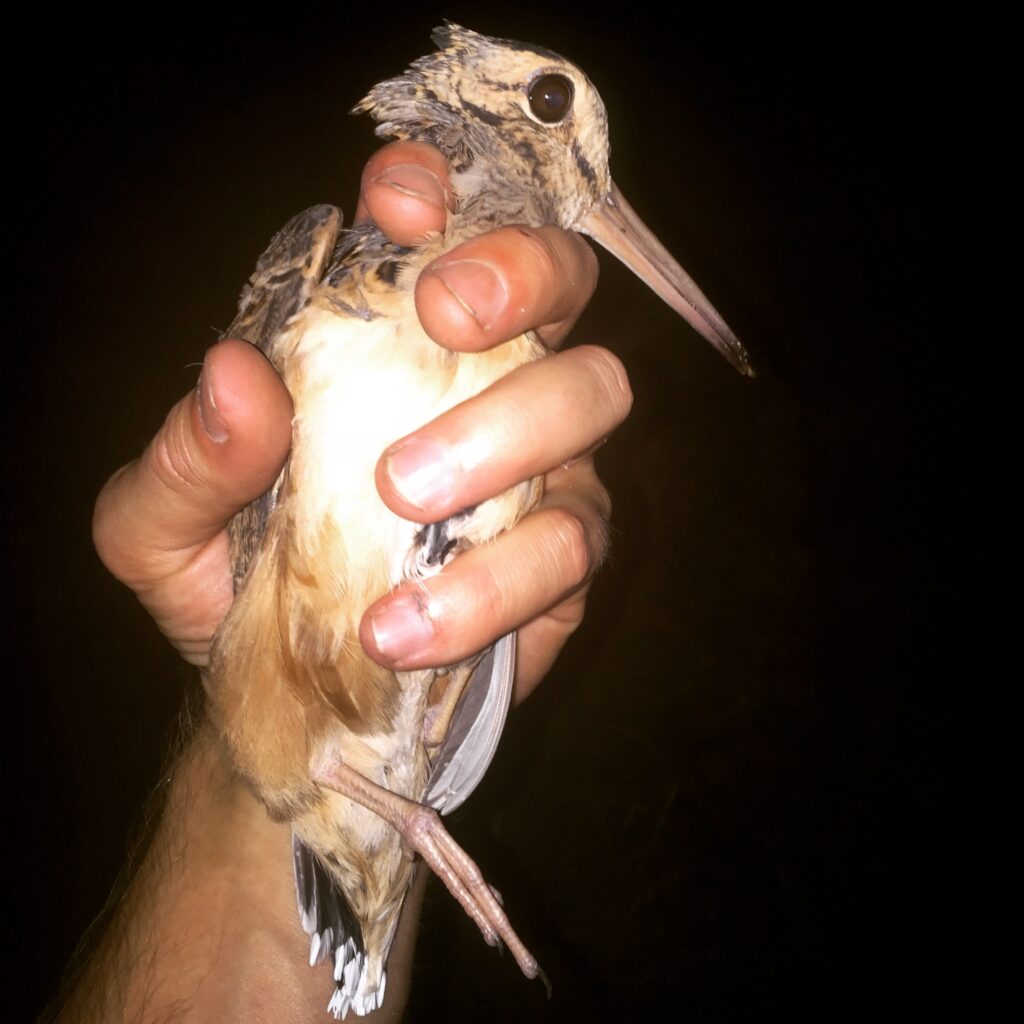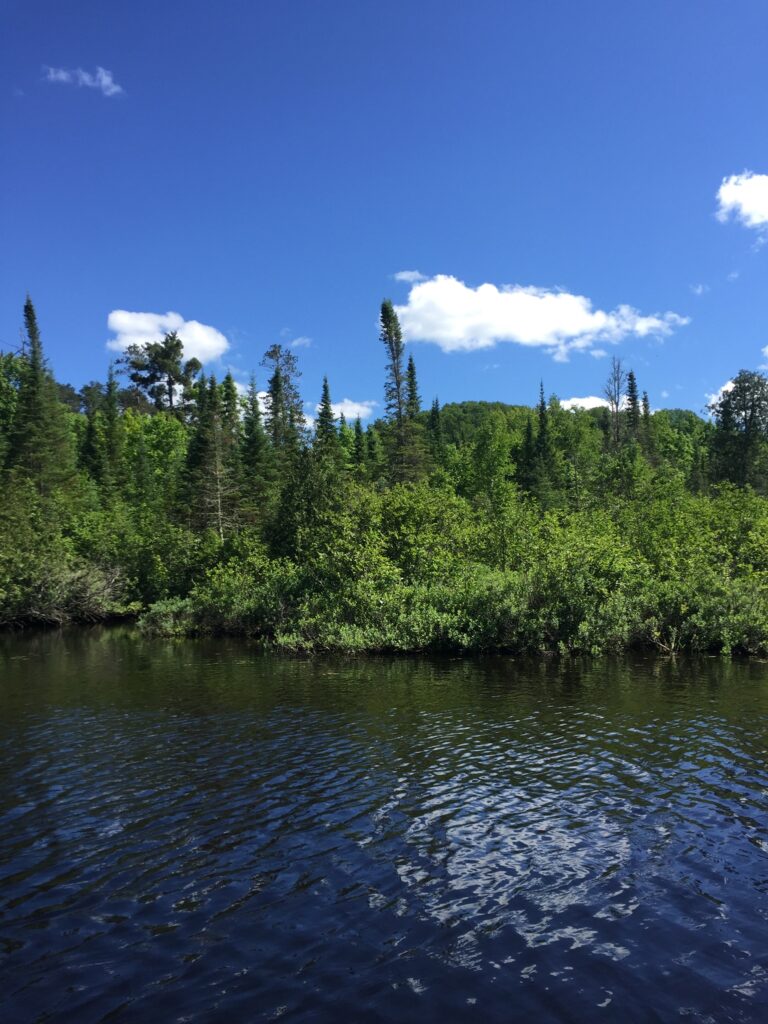Understanding how species’ productivity varies across a landscape is important for effective conservation. As part of my master’s thesis, I analyzed American woodcock demographic data collected by Kyle Daly (USFWS) using a modeling approach pioneered by Sean Peterson (University of California-Berkeley). I explored how nest survival rate and juvenile survival rate varied in response to different levels of cover-types and landscape features to predict the productivity of American woodcock over Tamarac National Wildlife Refuge, Minnesota, USA. This analysis identified areas of relatively high and low productivity which can inform conservation and management efforts. These models can also be compared to other co-occurring species (like golden-winged warblers) for which similar demographic data are available to better understand how the productivity of different species varies across the landscape.
RELEVANT PUBLICATIONS:
Kramer, G.R., K.O. Daly, H.M. Streby, and D.E. Andersen. 2019. Associations between American Woodcock seasonal productivity and landscape composition and configuration in Minnesota. Pages 107-121 in D.G. Krementz, D.E. Andersen, and T.R. Cooper, Editors. Proceedings of the Eleventh American Woodcock Symposium. University of Minnesota Libraries Publishing, Minneapolis, Minnesota, USA. https://doi.org/10.24926/AWS.0115



